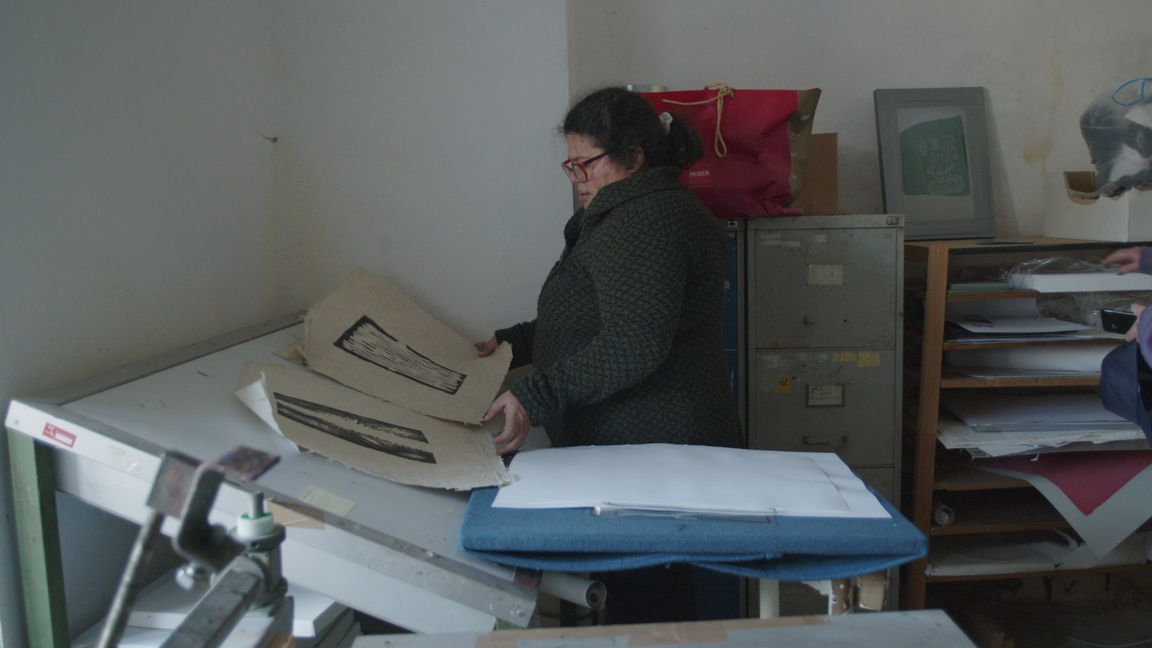Simultaneous Arrivals
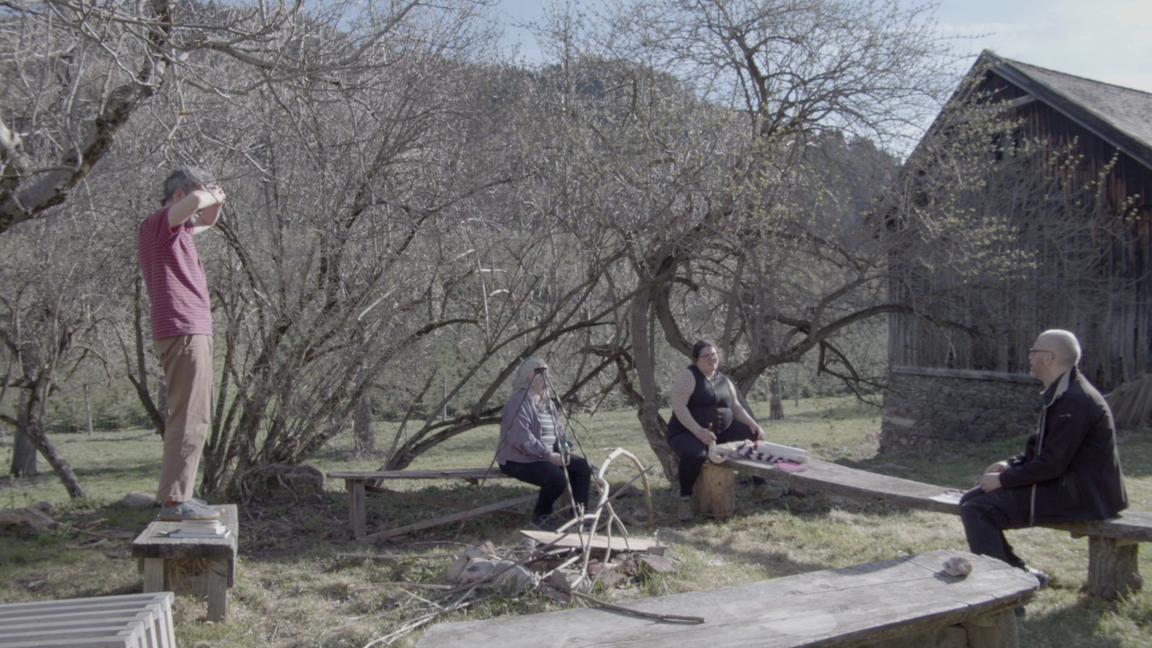
Simultaneous Arrivals (simularr) is an artistic research project on novel forms of collaborative practices within the PEEK framework of the Austrian Science Fund FWF (AR 714-G), running from 2022 until 2025.
The past decades saw growing entanglement, simultaneity, and proximity within a networked world, announcing spatiotemporal changes. Global instabilities demand new practices of sharing responsibilities. Despite a rich history of collaborative practices, artist-researchers still work mostly isolated in their core capabilities in the arts and through the arts. Transformative practices such as relaying (Isabelle Stengers1) and a singularly plural conception of being (Jean-Luc Nancy2) are interrogated as ways of doing in artistic research. The project joins artists using spatial practices (installation, sound, and new media art) with a perceptual exploration of spatiality, questioning it to look at the background from which one arrives in and orientates within a space (Sara Ahmed3).
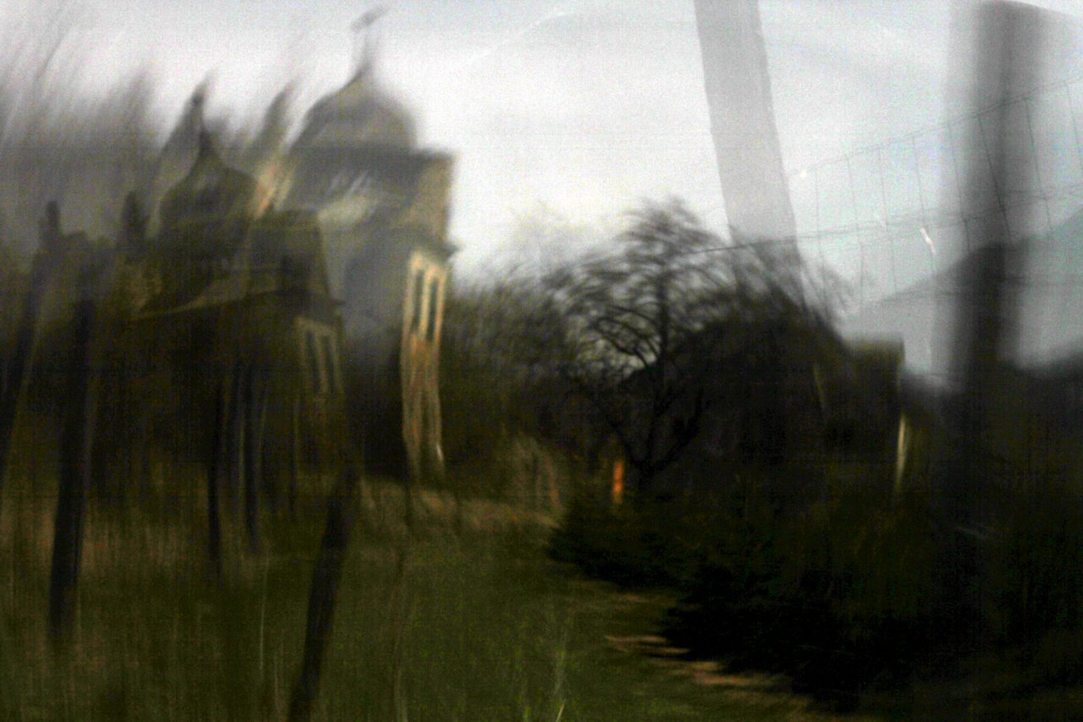
Objectives
The project posits a novel mode of collaborative artistic process based on simultaneity and spatiality. They act as ‘basic’ or ‘boundary’ concepts that complementarily guide artists working together, preserving diversity and individuality among the group while binding the process as a whole and bridging boundaries between different practices. The project designs methods that facilitate contact among the concurrent artistic processes and understand how these concepts affect them. What reference frames allow establishing a “togetherness, at the same time”, and how do different types of spaces—thought spaces, aesthetic spaces, architectural spaces—and their corresponding modes of spatiality interact and interfere?
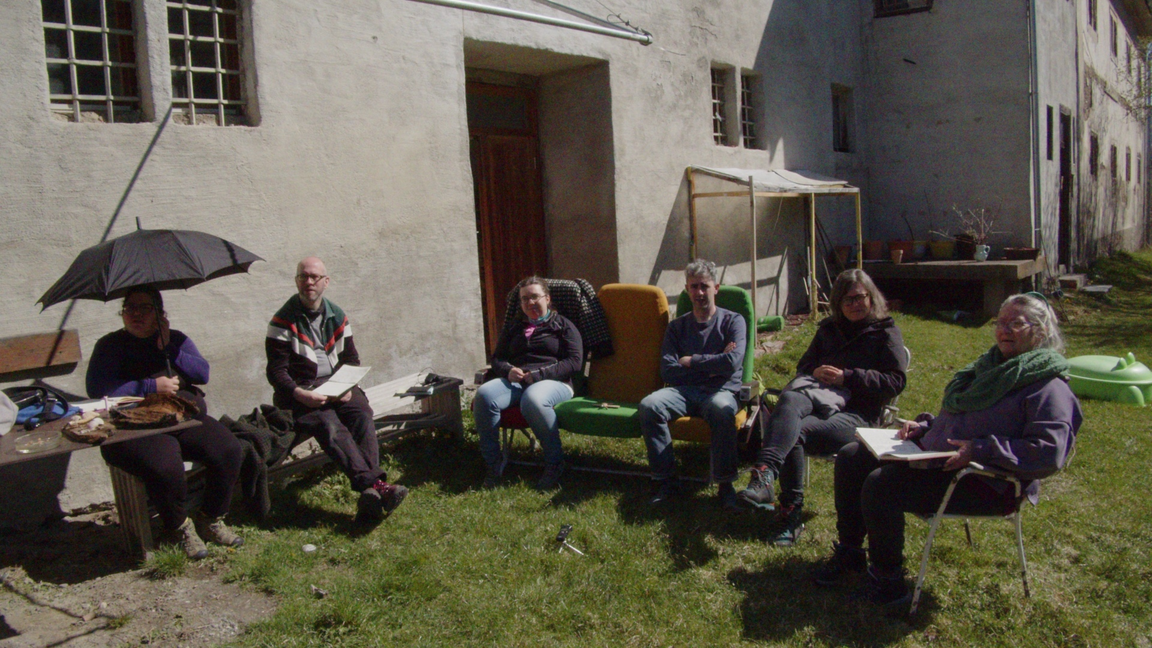
Approach
The project runs in intervals; the core is an in-situ phase in which artists develop simultaneous working methods. Using the image of a cloud chamber, we make perceivable the trajectories through two nested phases. The first phase has weekly gatherings. Artists work in a lab or studio situation, where condensation happens along thought spaces as artists bring their practices into contact with the shared concepts. The second phase is intensive work inside a particular architectural space whose affordances become condensation surfaces. This spatial conditioning also forms the basis for architectural designs. At the end of each interval, artifacts and propositions are displayed and performed, giving a structural role to aesthetic spaces. The project is disseminated through international events and a book.
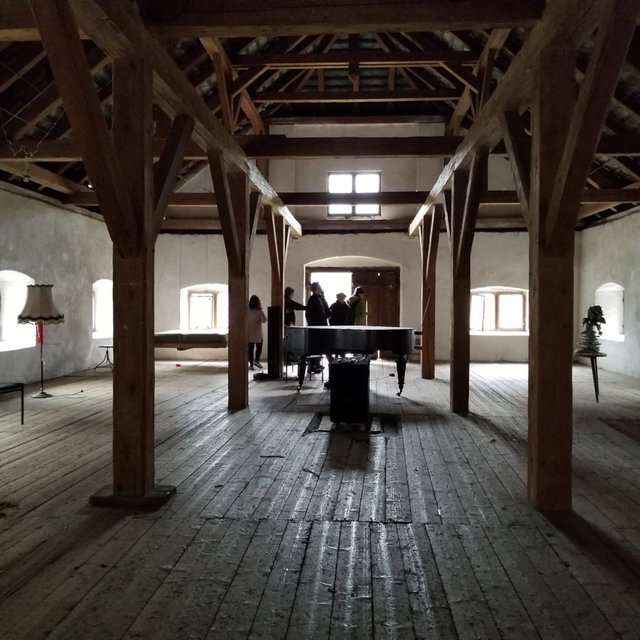
Innovation
Establishing a novel form of collaboration addresses a pressing and timely issue in artistic research and beyond. By evolving what we call re-entry concepts, a new method is contributed. Artistic languages in sound and installation art are transformed into dialogue and delivered back to the respective communities.
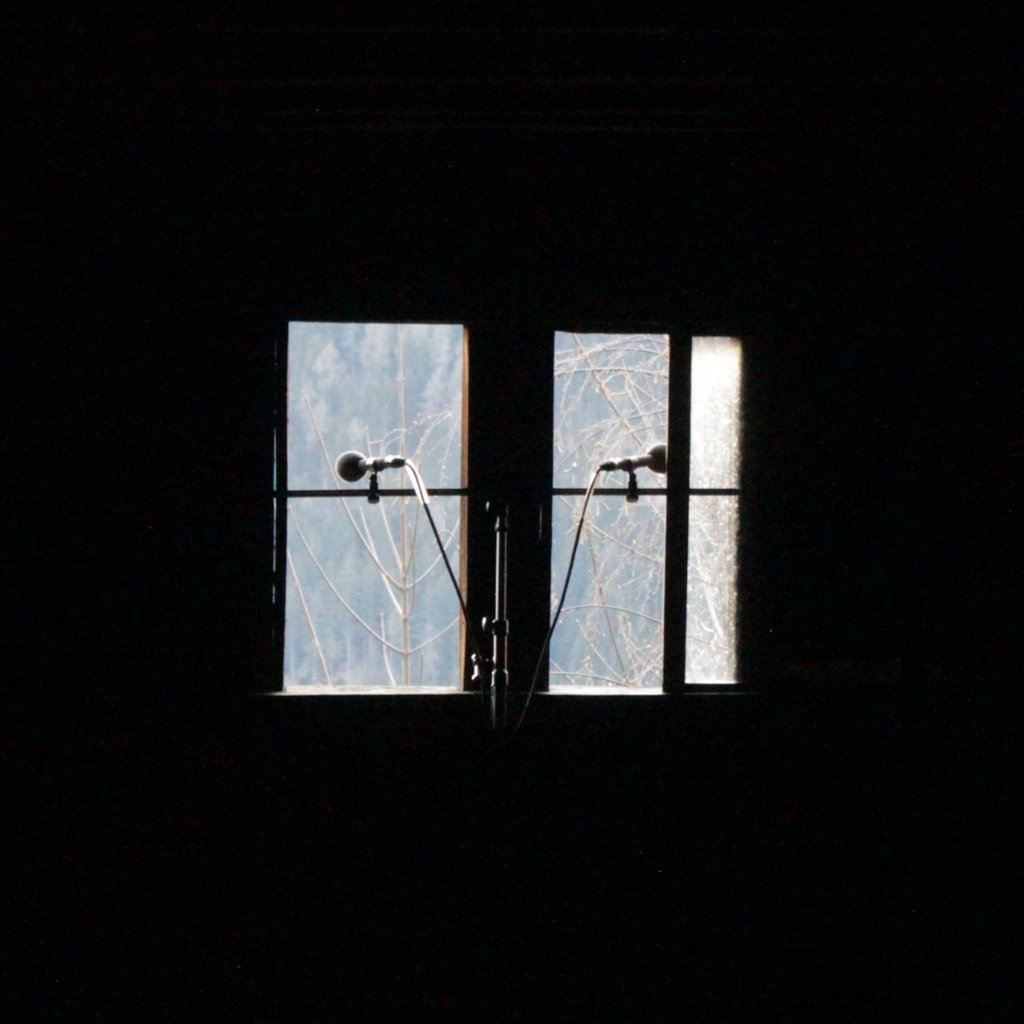
Primary Researchers Involved
The main investigators are sound and digital artist Hanns Holger Rutz (IEM, University of Music and Performing Arts Graz; Gustav Mahler Private University for Music Klagenfurt), installation artist Nayarí Castillo (ISD, Graz University of Technology), and architectural researcher Franziska Hederer (ISD, Graz University of Technology). Across the project, they are working with invited artists-researchers.
- Stengers, Isabelle (2011). “Relaying a War Machine?” In: The Guattari Effect. Ed. by Éric Alliez and Andrew Goffey. London: Continuum, pp. 134–155. ↩
- Nancy, Jean-Luc (2000). Being Singular Plural. Trans. by Robert D. Richardson and Anne E. O’Byrne. Stanford: Stanford University Press. ↩
- Ahmed, Sara (2006). Queer Phenomenology: Orientations, Objects, Others. Durham and London: Duke University Press.
